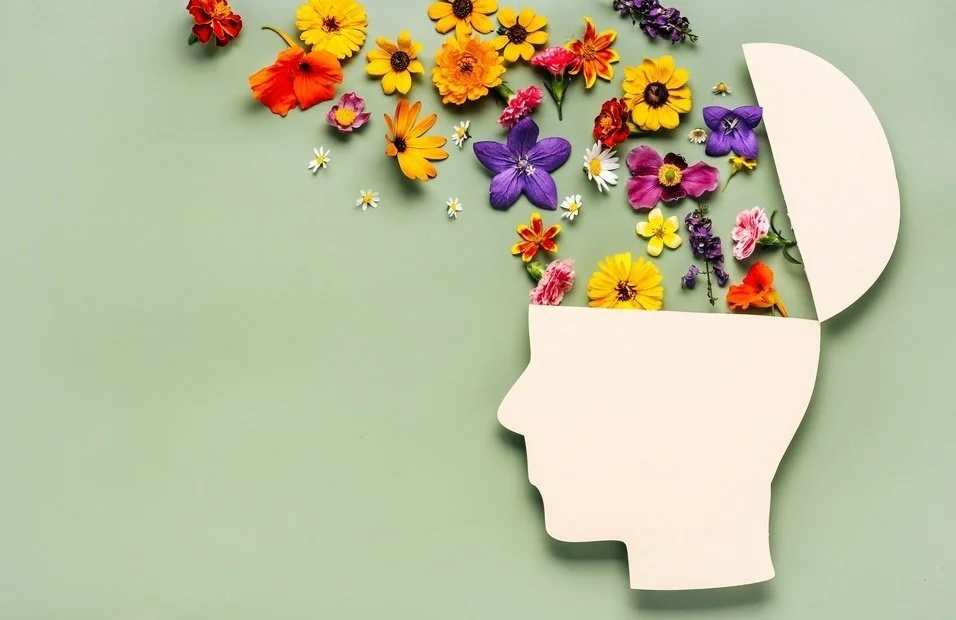Do I Need Therapy? Here Are the Top 20 Signs To Look Out For
Understanding the many kinds of mental health disorders and their treatment options is the first step towards wellness. We know it can be a long and at times bumpy road to navigate life with a mental health disorder, especially when the right supports are not in place. We also know that everyone is at risk of a mental health disorder at some point in their life. Genetics, brain chemistry, life events and personality contribute to the top five mental health conditions in the United States, which include anxiety, depression, bipolar disorder, schizophrenia/psychotic disorders and dementia.
Anxiety
Statistic have shown that anxiety is the most common mental health disorder in the United States, with an estimated 40 million adults, ages 18 or older, diagnosed with the disorder. We estimate the number is actually much higher as anxiety is often under reported and undertreated. The good news is that anxiety is one of the most treatment mental health disorders.
Depression
Depression is the second most common mental health disorder. In fact, it is not uncommon for people suffering with anxiety to also suffer with depression. While we all experience sadness and low points in our lives, individuals suffering from depression tend to have persistent symptoms that are much more severe in nature. Women tend to suffer from depression more than men and the symptoms of depression often present differently between the genders. In 2015 around 16.1 million adults living in the US experienced at least one major depressive episode. In fact, depression is the leading cause of disability among teenagers and adults in the US.
Post-Traumatic Stress Disorder (PTSD)
Many of the mental health disorders can stem from a single traumatic experience or an ongoing trauma that was witnessed, enacted or experienced. As our mind attempts to cope and make sense of our experience unhelpful patterns of thinking and behaving in the world can form. These patterns can become so ingrained they feel like a part of ourselves that will never change even though we are suffering. Knowing the signs of PTSD and understanding the mental health disorders that can stem from traumatic experiences is the first step towards change.
We know that mental health conditions and PTSD can have a significant impact on relationships, work, family as well as physical health. Living with a mental health disorder increases the likelihood of developing heart disease, experiencing high blood pressure and being diagnosed with cancer. This is why early and effective intervention is critical to overall health and wellness.
Know What to Look For
Each mental health disorder has its own set of specific symptoms, however, knowing the most common signs can empower you or a loved one to get support early. For many individuals suffering with a mental health concern some of the following symptoms may be present:
Experiencing an overwhelming fear for no reason or having sudden, excessive worrying.
Feeling excessively sad or withdrawn for two or more weeks.
Problems concentrating, learning or frequently feeling confused.
Experiencing extreme mood changes, such as uncontrollable “highs” and/or very deep “lows”.
Strong or prolonged feelings of irritability and/or anger.
Avoiding social gatherings, activities and friends.
Challenges relating to or understanding others.
Changes in sleeping habits, such as excessing sleeping or sleeping only a few hours per night. This might include feeling tired or having low energy despite getting a full nights sleep.
Changes in eating habits, such as increased hunger or lack of appetite, this also includes excessive use of laxatives, binge eating, vomiting after meals and excessively restrictive dieting. This may also present as an intense preoccupation with physical appearance and weight.
Changes in sex drive.
Out of control risk taking behaviors, such as abusing substances like alcohol and drugs, reckless driving, etc.
Difficulty perceiving reality (delusions or hallucinations, in which a person experiences and senses things that don’t exist in objective reality).
Inability to perceive changes in one’s own personality, behaviors or feelings. This might be described as a “lack of insight”.
Multiple somatic complaints- which might include numerous or consistent physical ailments without obvious causes, such as chronic headaches, stomachaches, back pain, etc.
Inability to carry out daily activities, such a work, parenting or educational demands or handle daily stress and problems.
Thoughts, plans or attempts to harm or kill oneself.
If you think you or a loved one are struggling with any of these symptoms, we recommend you seek support. To speak with one of our trained clinicians to learn more about how therapy can help please reach out.






